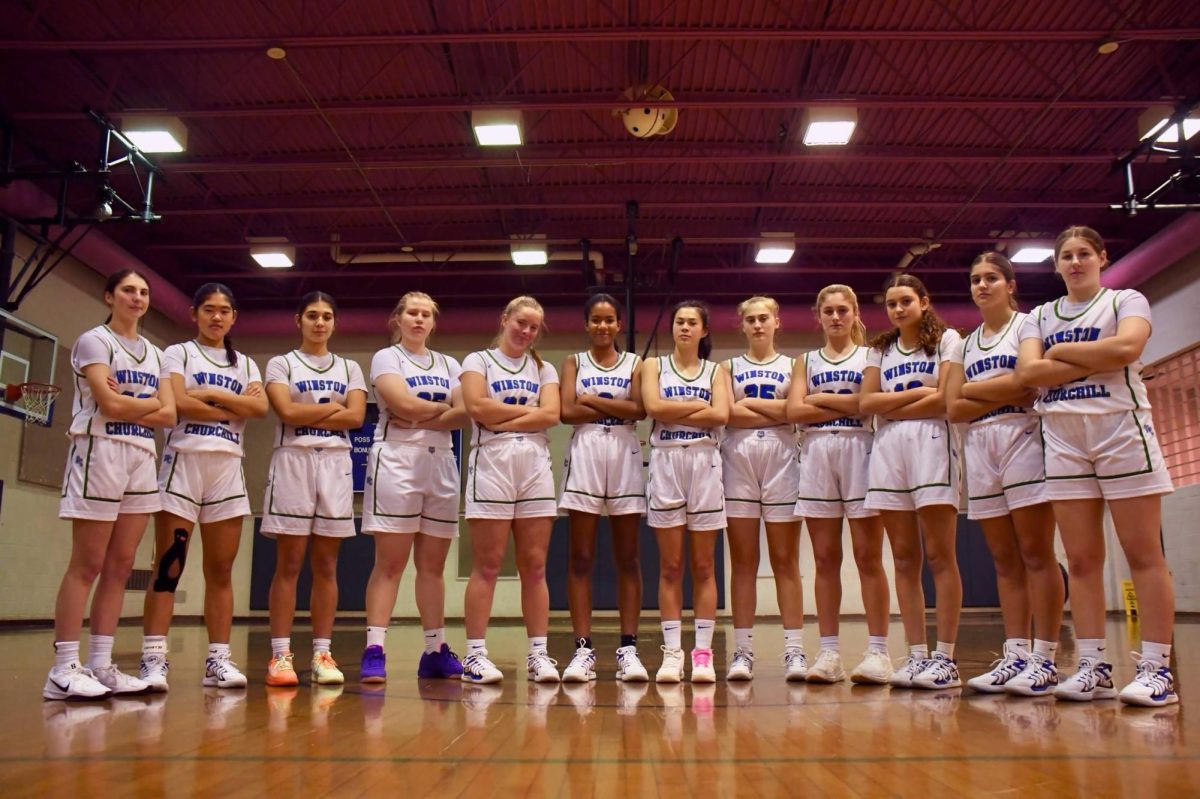‘Tis better to have loved and lost than to never have loved at all, the old proverb goes. For Terps fans come 2014, a bizarrely warped version of this wisdom will have to apply as the University of Maryland parts ways with traditional rivals Duke University, North Carolina State and Florida State of the Atlantic Coast Conference (ACC) for the likes of Indiana University, University of Michigan and Pennsylvania State University in the Big Ten Conference.
The announcement of this move has created yet another conflict between tradition and finances in the NCAA, with mixed reactions from the Maryland student body being countered by vigorous public statements by the school administration.
According to a Nov. 26 Washington Post article, Maryland president Wallace Loh made the decision to move to the Big Ten after determining that the projected revenue from changing conferences would help Maryland athletics and academics in the long run.
“Our affiliation with the ACC has helped our athletic program become one of the best in the nation,” said Brian Ullman, Maryland assistant vice president of marketing and communications. “That said, the financial, athletic and academic opportunities with the Big Ten Conference are unparalleled.”
For Maryland, the financial promise and stability of a huge conference like the Big Ten provides benefits that are only logical for the school’s administration to take advantage of, offering opportunities the ACC cannot. According to Rose DiPaula, Maryland assistant director of athletic media relations, the Big Ten has its own television network, which will help further publicize Maryland athletics.
“Nearly every game for every sport will be available to watch online in over 100 countries,” DiPaula said. “That’s a great way to spread Maryland nationally and globally.”
On the other side, however, the ACC is not taking Maryland’s decision to leave lightly. According to a Nov. 27 Associated Press article on ESPN.com, the conference is suing Maryland for about $53 million, the full exit fee that the ACC agreed to raise in September. The fee was raised from $20 million following a vote by member schools, with only Maryland and Florida State voting against the raise.
According to a Sept. 20 Washington Post article, Loh insisted this decision was solely based on “legal and philosophical” grounds. However, from financial, size and geographical standpoints, Florida State and Maryland are the prime ACC candidates for conference realignment, with Florida State well within the geographic sphere of another athletic mega-conference, the Southeastern Conference (SEC).
Thus, the ACC is now pursuing the full extent of this recently raised exit penalty, as they are not in the financial position to let one of its charter members exit and set a dangerous precedent for the conference. The $50 million dollar fee has become a significant point of contention in the flurry of debate following the announcement of the move, after Maryland cut seven sports programs earlier this year.
While the proposition of paying the fee as the athletic program struggles to keep sports teams alive appears economically incoherent, financial retribution from the Big Ten is expected to ultimately provide a boost to both Maryland athletic and academic funding.
According to Ullman, the financial benefits from the Big Ten move could give Maryland students more study abroad opportunities, online classes and “access to library archives from every Big Ten member institution.” Loh will also be reviving a presidential commission to “look into the possibility of reinstating teams that were cut last year.”
According to math teacher Christopher Tappis, who swam for the swim and dive program at Maryland, one of the programs recently cut, if Maryland does move towards reinstating the sports programs that were cut, the move will be beneficial for the school.
“I’m disappointed to lose the tradition of the ACC, but I think the move is in the best interests of the school from a financial standpoint,” Tappis said. “I would be disappointed if they didn’t bring those sports back.”
Sophomore Louis Dubick verbally committed to Maryland last year for lacrosse. Although Maryland’s move has changed the opponents he will be competing against, it has not affected his conviction to go to Maryland.
“It’s a good move as far as logistics and finances go,” Dubick said. “I still love the campus, love the coaches, love the kids.”
The move has particular implications for lacrosse, with Maryland transitioning from a lacrosse powerhouse conference, whose teams have won the national title six times in the last 10 years, to a conference that doesn’t even have a lacrosse program. Only five schools, including Maryland, field lacrosse teams, one short of the six required for an automatic berth in the national tournament, according to Dubick.
“It’s not just about who we’re playing,” Dubick said. “We will probably still end up playing ACC teams every year and it will still be fun. We won’t know for two more years.”
Ultimately, Dubick sees a “bright future” for lacrosse in the Big Ten, and the move has not affected the decisions of any of the other six sophomores around the country also committed to Maryland for lacrosse. This has held true across all Maryland sports.
“To my knowledge, no coach has lost a recruit upon the news of the move,” DiPaula said. “Coaches will look to expand their recruiting areas to the Midwest, not the opposite.”
DiPaula also believes that the move will benefit student-athletes in terms of an increased focus on academics and a possible decrease in time spent traveling to away games.
“Right now, very few teams are able to take academic advisors on the road with them,” DiPaula said. “With the move, we would be able to staff better. As it is now, student-athletes bus up to seven hours for games at ACC schools. After the move, they will be flying to schools, so travel time may very well be the same or less.”
A wide range of issues has been posed for Maryland as it makes a conference switch unprecedented in the school’s history. While tradition and finances would seem to be at odds, for many there is hope that Maryland can establish roots in the Big Ten as rich as the ones being left behind in the ACC.
For Terps fans disappointed to be losing Duke as their archrival, Ullman offers hope for replacements within the Big Ten.
“Our rivalry with Penn State goes back many, many decades,” Ullman said. “A large number of our alumni are looking forward to rekindling that great rivalry.”







